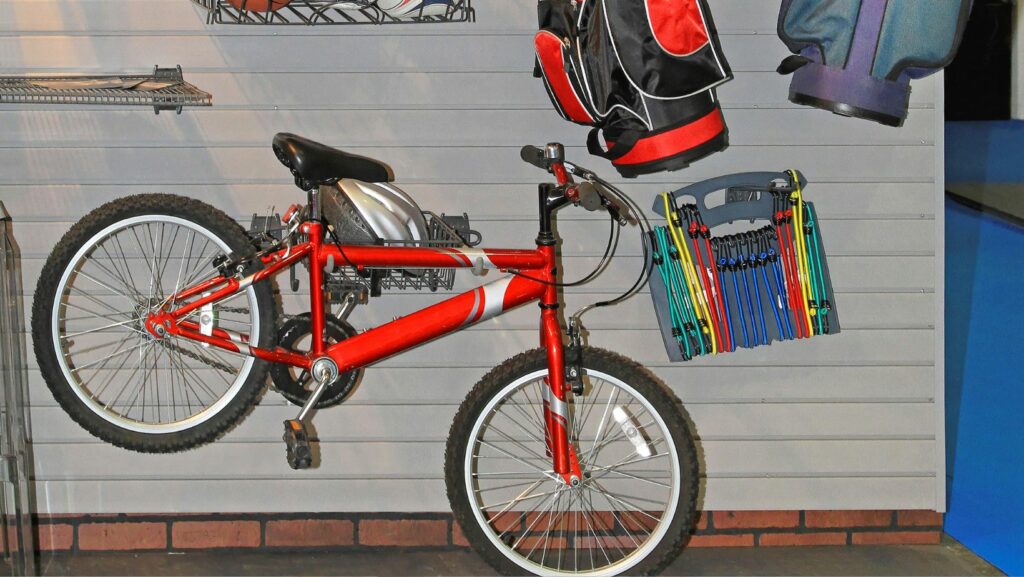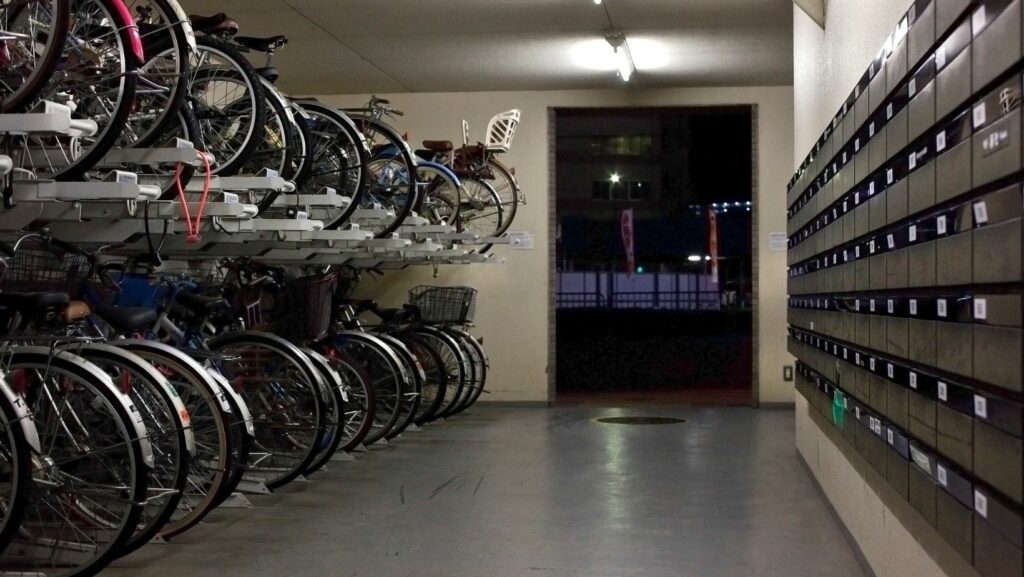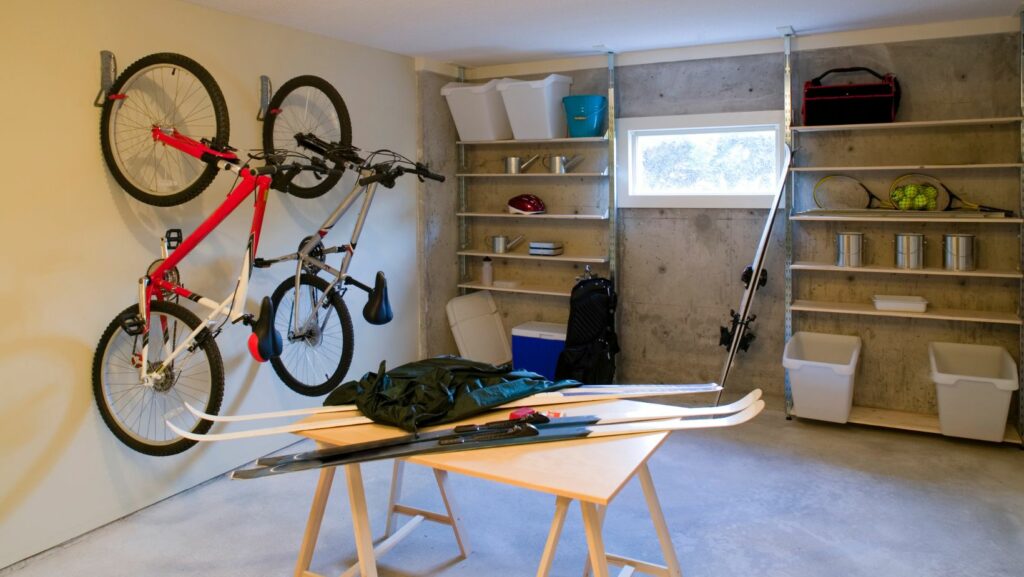Are you tired of tripping over your bike in the garage? Or perhaps you’re concerned about leaving it outside, exposed to the elements or potential thieves? You’re not alone. Bike storage can be a real headache, especially for those living in smaller spaces or crowded urban areas.
This article will dive into the world of bike storage solutions, exploring innovative and practical ways to keep your two-wheeled companion safe, secure, and out of the way. Whether you’re a casual rider or a cycling enthusiast, you’ll find tips and tricks to make the most of your space. So, let’s gear up and ride into the realm of bike storage possibilities.
Bike Storage Solutions
Exploring bike storage solutions presents an exciting opportunity for optimizing space. From wall-mounted racks to ceiling hooks and lifts, as well as free-standing racks, each offers unique advantages. However, the choice primarily depends on one’s specific needs and available space.
Wall-Mounted Racks

Wall-mounted racks are excellent examples of vertical bike storage solutions. Typically made from solid materials like steel or aluminum, these racks attach to the wall, hence their name. They maintain bikes in a vertical or horizontal position, depending on the design, thus freeing up crucial floor space. With the bicycle secured firmly on the wall, the user can easily access it for quick use. Furthermore, bikes held on wall-mounted racks are less likely to incur damage as they stay clear of foot traffic.
Ceiling hooks and lifts are ideal for those with high ceilings or limited floor space. These bike storage solutions involve securing the bicycle overhead, again, thus saving significant floor space. Ceiling hooks are simple in design and require manually lifting the bike onto the hook. In contrast, ceiling lifts utilize a pulley system, making it easier to hoist the bike up and down. Both of these solutions provide a clear floor area and significantly reduce the risk of accidental damage to the stored bikes.
Considerations for Choosing the Right Bike Storage
Space Constraints

When dealing with limited space, every square foot counts. Therefore, consider the bike storage’s footprint. Wall-mounted racks, for instance, free up floor space significantly by utilizing the vertical plane. Take a look at the Delta Cycle Michelangelo, a gravity stand that requires minimal drilling and can accommodate two bikes. On the other hand, overhead solutions, such as the RAD Cycle Products Rail Mount Bike Hoist and Ladder Lift, maximize unused areas by extending storage to the ceiling. These options are great for many living situations, but particularly beneficial for those with space-limited environments like apartment living.
Security Features
Beyond spatial considerations, inspect the storage solution’s security features. Ideally, the storage solution must prevent unauthorized removal or meddling. For this, refer to locking bike stands. These specially designed stands have in-built security features to deter theft. Example models include the Feedback Sports Velo Column and Thule Bike Stacker, which offer both storage and security provisions. Evaluation of the locking mechanics, strength of the materials used, and more can help select a storage solution that offers both functionality and peace of mind.
DIY Bike Storage Ideas

Delving deeper into economical and personalized bike storage, this section explores two prominent do-it-yourself options: building a wall-mounted rack and creating a pulley system. These methods provide versatile and functional solutions optimized for individual needs.
A wall-mounted rack, an alternative to popular market items like the Delta Cycle Michelangelo, provides an effective storage solution, especially for limited square footage. Constructing it requires basic woodworking skills and common household tools. The project begins with a careful selection of materials, including sturdy wood for the main frame and durable metal hooks for securing the bikes. Simplicity and function define the design process, with dimensions tailored to the number of bikes and available wall space. It’s important to secure the rack to wall studs to ensure stability and safety.
